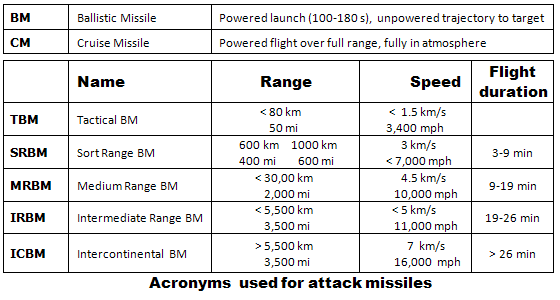Bro even in the paper you share there is no way of predicting the future course at boast phase ...path can be predicted only after end of boast phase ...
Perhaps I did not explain my point well enough, earlier.
Please re-examine my drawing (post #40).
S1 = Satellite equipped with IR sensor suite (above in the space)
S2 = Radar system of BMDS (on the surface)
S1 detects the launch of a ballistic missile and track its movement in real-time up to the point of the separation of its booster [
boost phase]. S1 will immediately provide a live feed of this launch to the relevant command center and the latter will
predict the trajectory of the threat with a high degree of accuracy [smart algorithms] and/or relay information to the
relevant S2 on the surface for further assessment [if in the vicinity]. S2 will commence its search for the threat in real-time, and secure a lock on the target as soon as it becomes visible to it. Once the lock is achieved, S2 will immediately calculate a point of intercept and produce a fire solution;
launch interceptor(s) towards the path of the incoming RV (command guidance;
range of the interceptor factored in). The interceptor will maneuver towards the incoming RV with a high degree of accuracy (onboard homing guidance) and do the needful. The entire process will not take much time.
The command center predicts the trajectory of a ballistic missile only to
inform relevant BMDS for further target assessment, but the BMDS fulfills its mission on a solid footing (by tracking the target in real-time). Primary benefit of such prediction is that the command center informs the most relevant BMDS to do the needful.
In essence, we do not have a disagreement in regards to limitations of predicting the trajectory of a ballistic missile but you need to understand the process and see it in its proper context [how it works].
Now the only time for terminal stage interceptor to destroy the RV is between end of boast phase and attack which can range between 5 minutes to 25 minutes ... Now the interceptor missile with much lesser speed has to be at a perfect place to hit a target with speed of 15 mach ... In real life scenario achievibg this is really difficultas you can field only limited numbers of interceptor missiles ...
Your concerns are genuine but speed of ballistic missiles vary according to their respective propellants, payload size and duration of flight path. MACH 15 speed is unlikely for TBM and SRBM but their flight duration is also small:
MRBM might approach MACH 15 in a long flight path. However, not in depressed trajectory scenario.
Probability of intercept would rest upon the technological prowess and resultant efficiency of the defensive infrastructure, and when to deploy the interceptor(s) to defeat potential threats.
Israeli Iron Dome in action:-
Window for intercepting
rockets is really small due to their flight duration which might be a few KM. However, a smart and efficient defensive infrastructure will deliver regardless.










